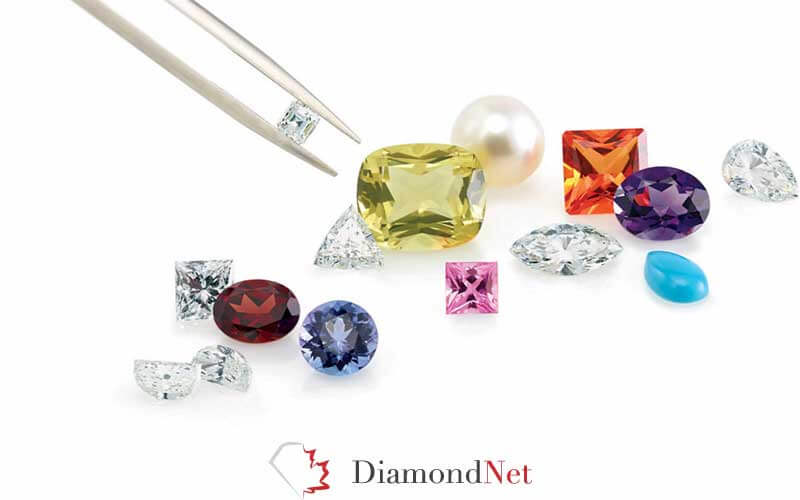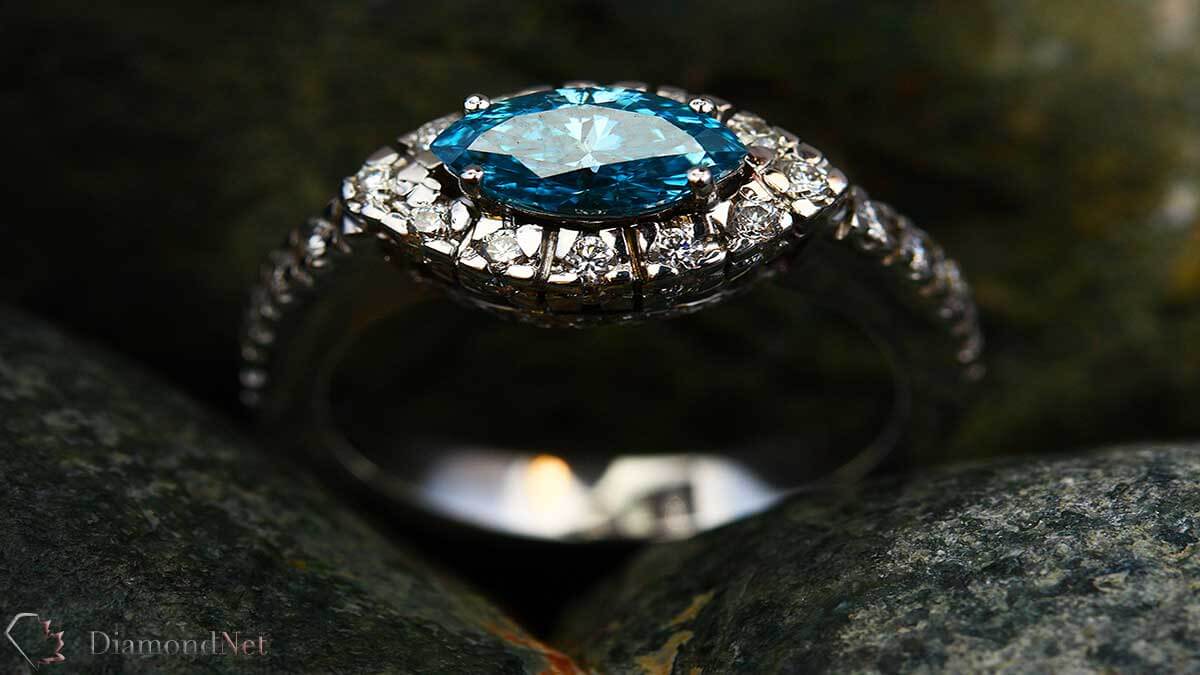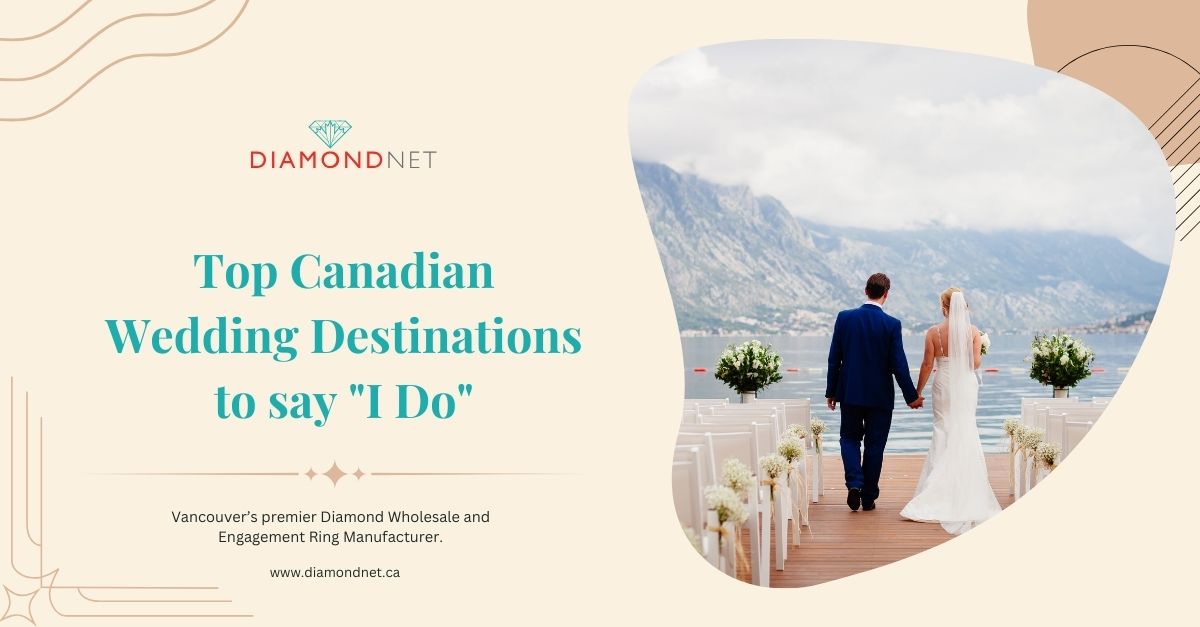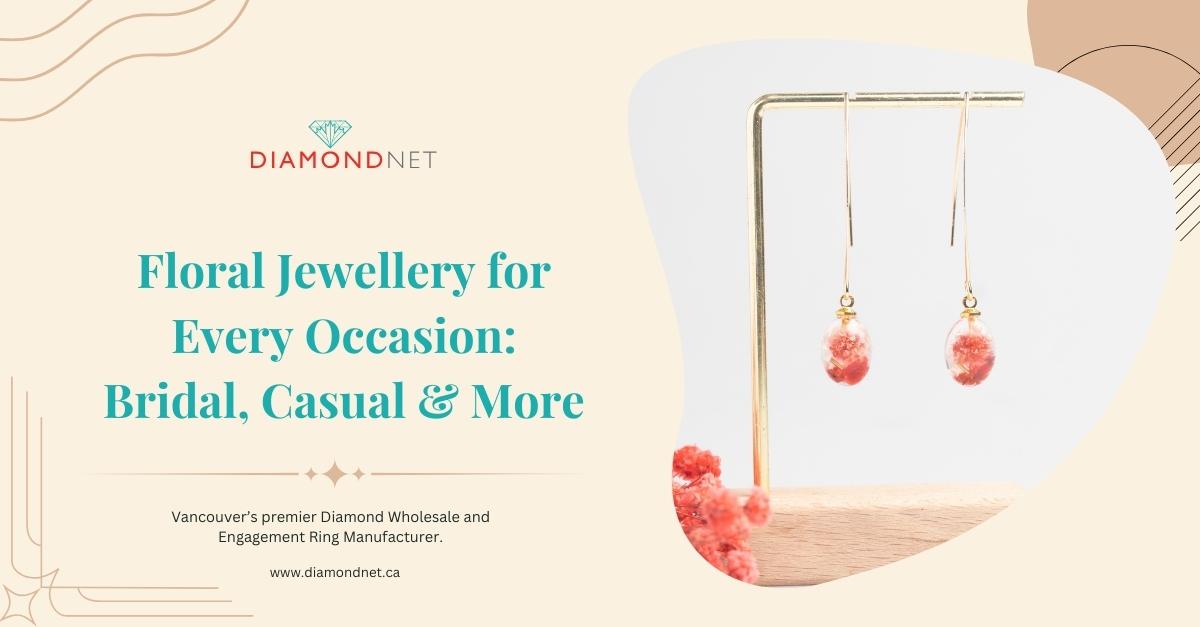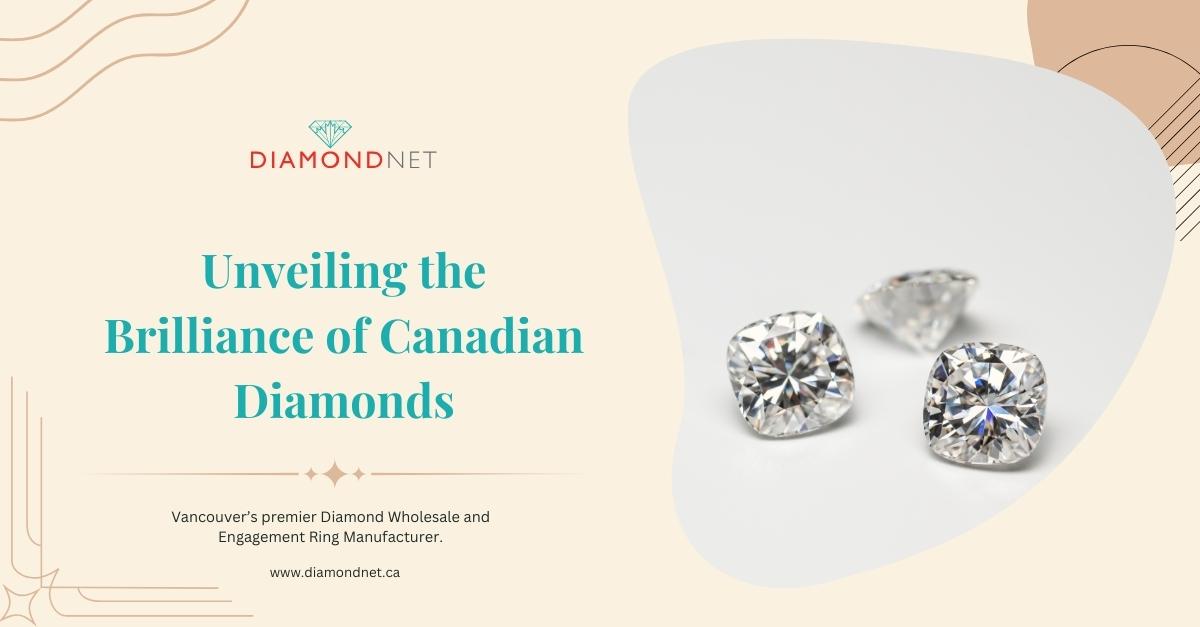Diamond is known for its sparkle that catches every eye to the engagement ring but not everybody knows that colored ones also exist! Although rare but they come in variety of colors that can create the rarest engagement rings.
In this article, we will explore the world of colored Diamonds so you know your options when designing your own custom engagement ring.
What is colored Diamond?
Color is one the 4Cs of Diamond grading system along with clarity, cut and carat that was established by Gemological Institute of America (GIA) in 1940s. But by color, they actually mean the absence of color! A perfectly pure Diamond both chemically and structurally has no hue; just like pure water but it has a higher value!
The “D-to-Z” color grading system of GIA compares each stone to master stones of established color value under precise viewing in controlled lighting conditions in order to measure the degree of colorlessness. Interestingly, it starts with letter D just because letters A, B and C were used before establishing this system so they wanted to start fresh! D represents a pure colorless stone while Z means having light yellow or brown hue.
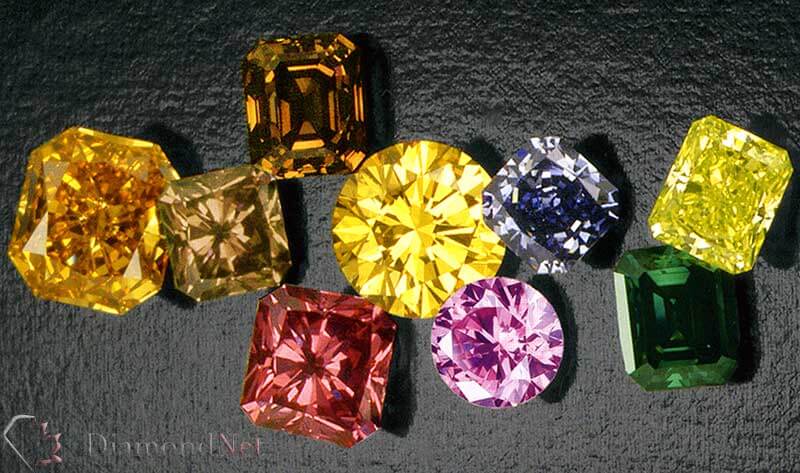
Pure colorless Diamonds are rare and majority of them have some color impurities that are not visible to untrained eye. The color impurity significantly decreases the value and pricing but still the stone is not considered “colored Diamond”. Very rarely, a few stones out of 100,000 might have a visible single color pigment in their body. They are called fancy-color Diamonds that have a visible body color in face-up position. They are graded based on “fancy scale” from “fancy light” up to “fancy vivid” with dark, deep and intense in between.
The most common colors in fancy-color Diamond stones are yellow and brown beyond the Z range but pink, green, blue, red and sometimes violet, orange, black, white and gray are also found.
There is the Aurora Butterfly of Peace consisting of colored Diamonds that was assembled by Aurora Gems Inc. of New York over a 12-year period. The butterfly has 240 stones to exhibit full spectrum of colors and cuts of naturally colored Diamonds.
- The cause of coloration
What causes the color variation in Diamond stone is also interesting. The stress within the earth creates planes of missing or displaced carbon atoms in crystal lattice that are called glide planes and considered a defect! So when the light passes through these planes, a specific wavelength (color) of light is selectively absorbed and transmitted. The visible color is different based on the weakness or strength of the selective transmission! The weakest selective transmission will appear pink and the strongest will appear red. These planes might also be visible as a series of parallel bands of color known as “graining”.
Presence of minerals such as hydrogen, nitrogen, nickel and boron within Diamond crystal can also create color of violet, yellow, green and blue respectively. Opaque mineral inclusions such as pyrite, graphite or hematite can increase density of molecular structure that no light can pass through so black Diamond is created! In contrast, fine-grained transparent or translucent mineral inclusions in dense clouds can interfere with light transmission that creates a white Diamond. If there is slight reflection, the white stone can project an opalescent glow.
There are also treatments that cause coloration such as irradiation, coating and heating.
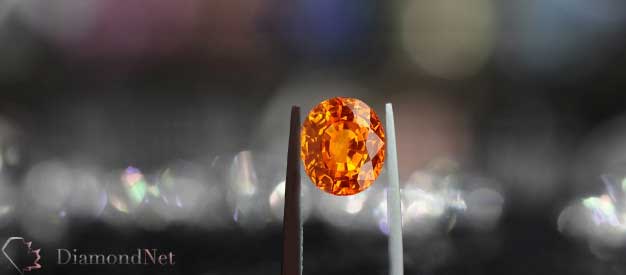
- The pricing
The pricing of fancy-color Diamonds is exactly opposite of the D-to-Z range as they get higher in value when they have rare colors beyond Z range! The more vivid the color, the higher the value and price will be. But vivid colors are very rare and most fancy-colors have less purity and strength of color and are more muted.
Generally, light yellow and brown fancy-color Diamonds are less desirable than near-colorless stones in equal carat and clarity and dark yellows and browns are often less valuable than other fancy-colors. - The history
The interest in fancy-color Diamonds is nothing new. It started in ancient India where each social class was allowed to wear a specific colored stone except for the kings that were allowed to choose as they wished.
Later, fancy-color Diamonds had a small part in industry but their popularity and availability grow in the 1980s because of a strong marketing campaign by Argyle mine of Australia. They started offering brown stones under trade names such as “Champagne” or “Cognac.” That is when public became more aware of fancy-color Diamonds. Today, they still produce brown stones but they are now more famous for having the rarest pinks. Fancy-colors are also found in South Africa and India along with Indonesia, Brazil, Guyana and Venezuela.
How to incorporate colored Diamond in your engagement ring?
There are some factors that you should consider when designing your colored Diamond engagement ring:
- Your budget
Since pricing is a very important factor in colored Diamonds, first you need to determine your budget limit so the range of options is clarified. - Your favorite color
When choosing a colored Diamond, know your favorite color because that is the most reflective of your personality. The first thing that catches your eyes or comes to your mind is the perfect one. Of course there is limitation in available colors in the market. That is when you compromise and choose the closest color! - The cut
Cushion cut is the most common for fancy-color Diamonds because it helps to intensify the color with the depth of shape and facets. The most uncommon shape however is round brilliant which has the most light reflection and sparkle that might interfere with showcasing color of the stone. It is best kept for masking color defects of Diamonds in D-to-Z scale!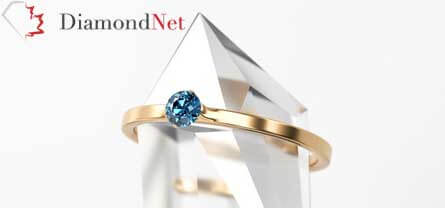
- The setting
Obviously, a colored Diamond will have all the attention as a centre stone so the setting must be preferably simple in style. A solitaire is the perfect choice to showcase the centre stone but a halo with small white stones can create a beautiful contrast. - The color of metal band
Yellow gold will add yellow hue to the centre stone and influence its color. Your yellow Diamond will have a denser color meaning you can choose a less intense yellow stone with a lower price and intensify the hue with yellow band!
White gold or platinum will create a soft contrast with any colored centre stone but strongest contrast comes with black Diamond which is truly fancy!
A black metal has the most contrast with all fancy-color Diamonds (except black) that can create the most unique engagement ring.
Final words
Colored Diamond is fancy and rare that can make your engagement ring unique just like you. Considering your budget, choose a color that attracts your attention the most and reflects your character.
An experienced Diamond dealer in Vancouver can help you choose the fanciest colored Diamond out of his large inventory in wholesale price range. He can guide you to choose the best setting and metal band that complement this centre stone. Only this custom Diamond ring will truly resonate and stay with you forever.
